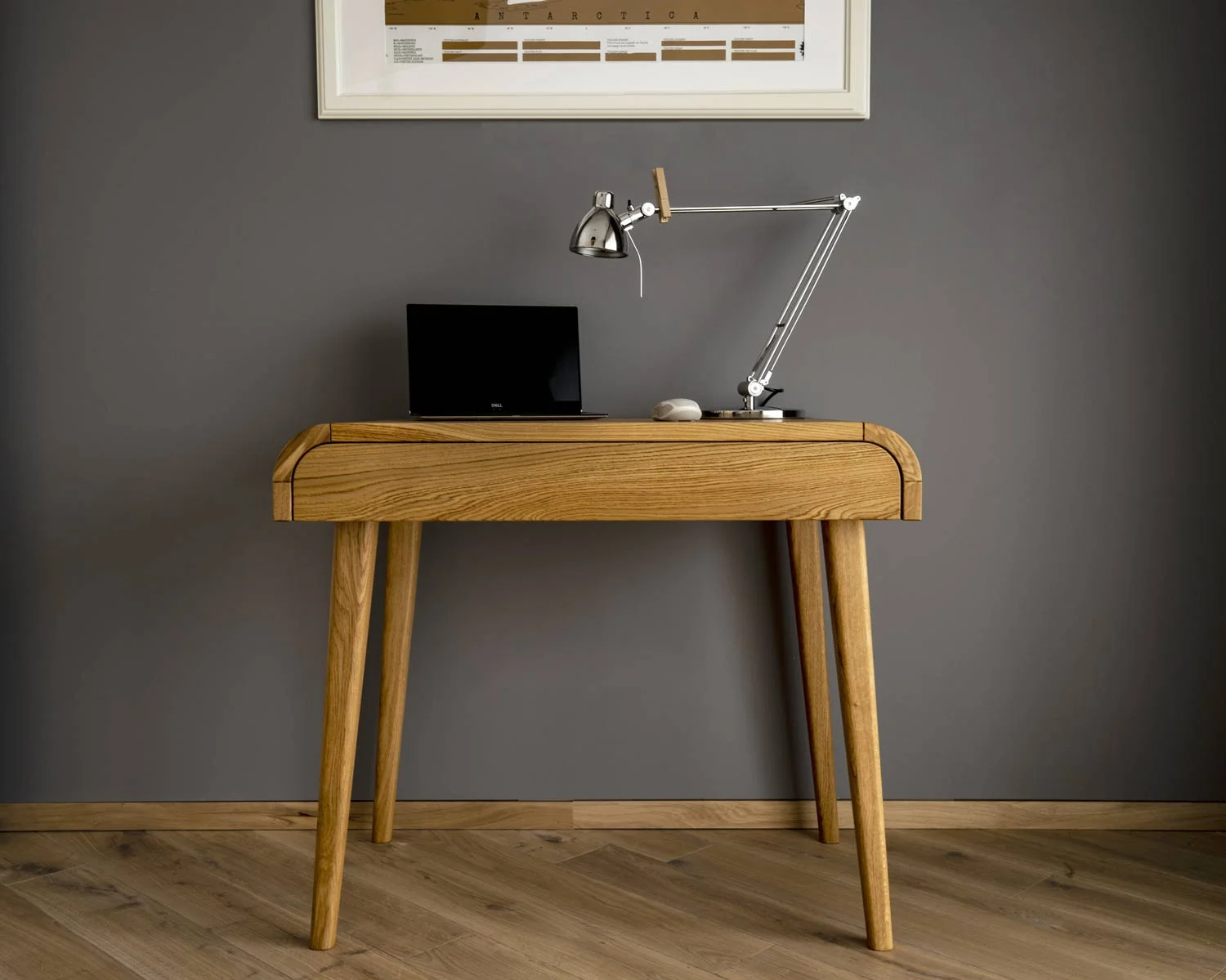Solid wood vs wood veneer
Solid Wood Furniture
Few can deny the fact that solid natural wood furniture looks beautiful. It brings a feel of classic and quality décor to your home. However, it is also a more costly initial investment. Let’s check why it is worth the investment.
Well-built, solid wood furniture is incredibly durable and designed to last for generations. It can withstand the wear and tear that comes from daily use and often requires minimal maintenance. However, with durability comes weight. For those who may move often, solid wood furniture can be far more difficult to maneuver.
Throughout the generations, if a solid wood piece does start to show its’ age, it can be beautifully restored. Due to the durability, solid wood can be refinished many times. The same can’t often be said for other furniture choices.
There is also a major benefit in the sustainability factor. While plastics, MDF, and veneers can be heavily processed and filled with chemicals, solid wood is a natural substance. Furthermore, sourced from European forests is actually more sustainable. In Europe, forest area is actually increasing. This is due to the policy restrictions, making the forest harvesters plant two trees for one which was cut down.
Wood Veneer Furniture
A veneer is technically a thin layer of hardwood top layer glued on the cheaper surface, usually made of wood sawdust. This practice allows furniture makers to design and build furniture pieces at a lower cost. A veneer can be sanded along the grain, painted, and stained because it is real wood. When working with it though, you must be very careful not to overdo it, remembering that the layer is very thin and can quickly be worn down with a power sander. Thus veneer also affects furniture lifetime. It can pop up from the other layer if the environment is very humid or water is spilled and left for a longer time. Veneer furniture has its limitations in terms of restoration as well due to the real wood layer being very thin.
Veneer furniture often a much lower investment to purchase. It is more readily available in the budgets of many people, specifically first-time homeowners.
That being said, the problem lies with what is underneath the veneer. Many manufactures use a combination of MDF, particleboard, and other materials as the core of their furniture. These materials are mixed with chemicals and glues to be formed and provide strength. While this core makes them lighter and easier to manage, it also makes them more susceptible to damage that often cannot be repaired.
Conclusion
If the price is the main factor for a consumer, then choosing veneer may be the short-term solution. However, as time goes on, solid wood furniture proves to offer more durability and longer life. With lasting beauty that can be shared within your family, solid wood can prove to be much more economical in the long run.

